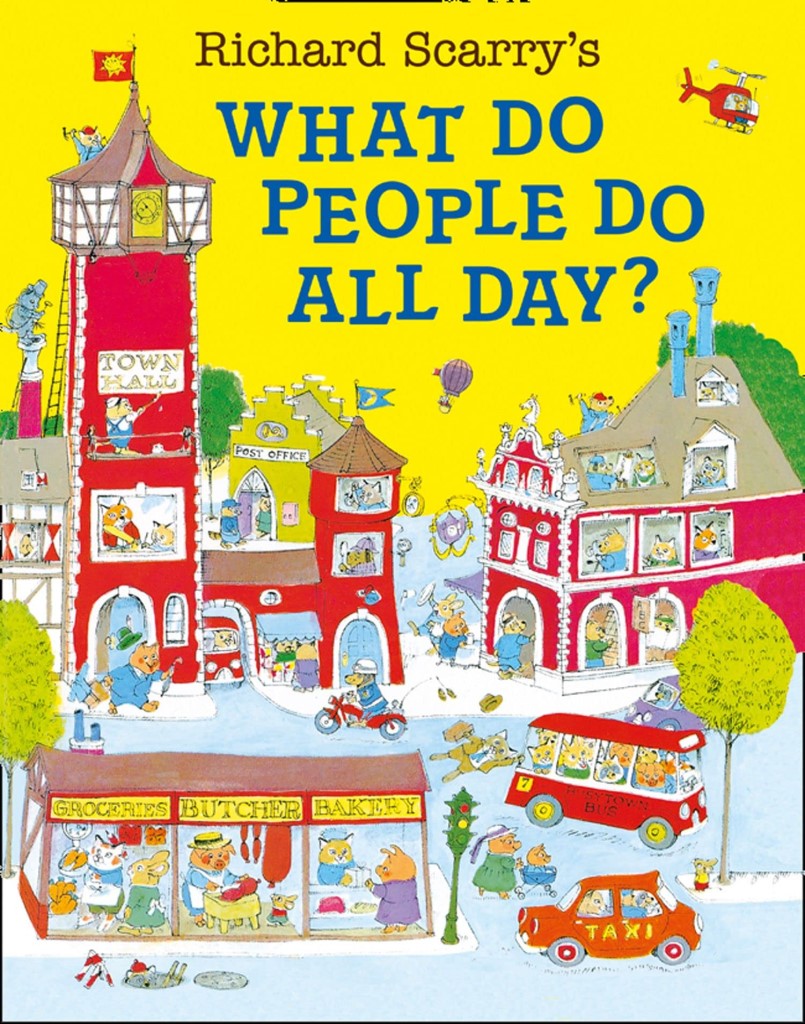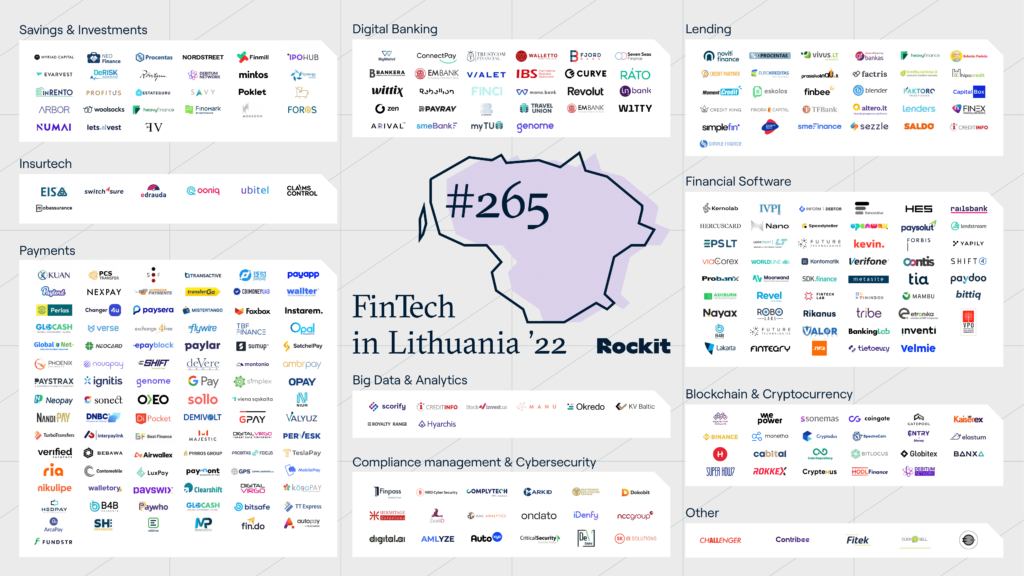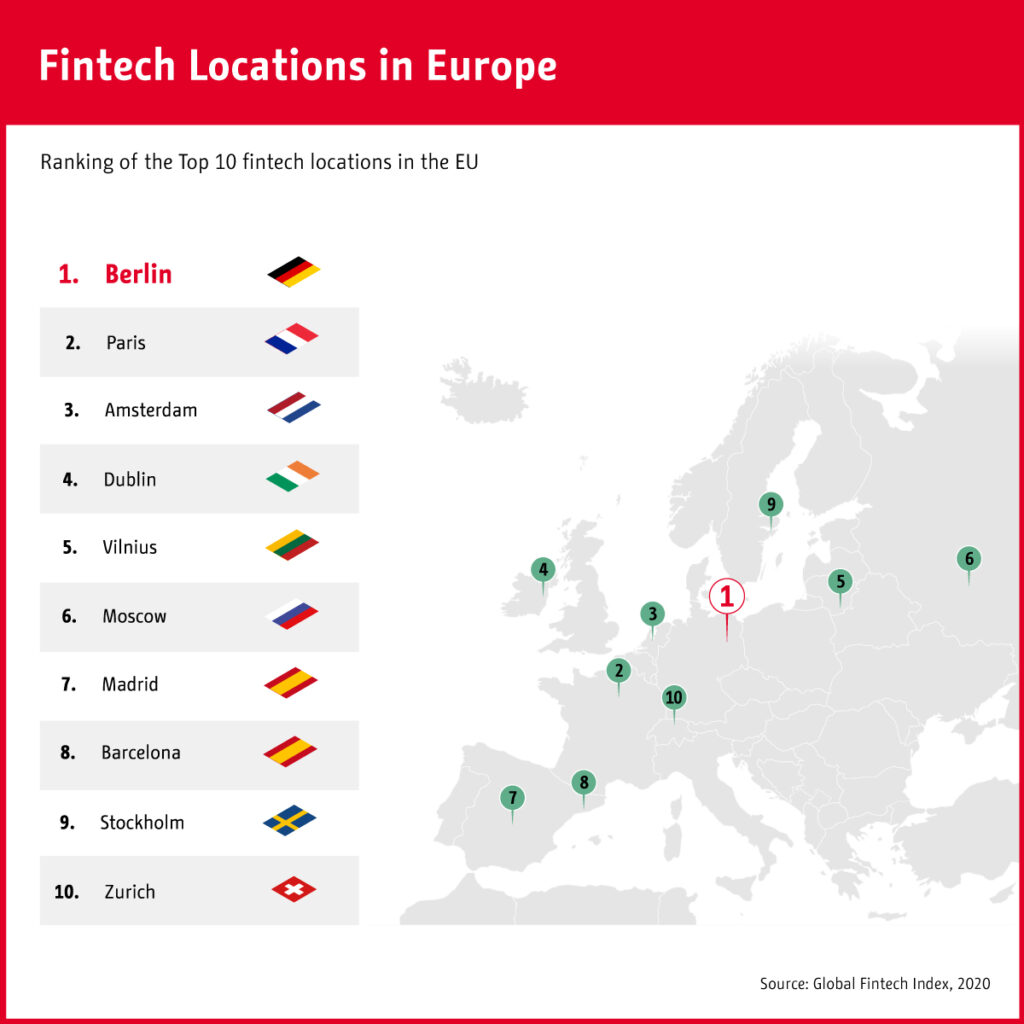Introduction
Remember the great book from your childhood “What Do People Do All Day?” by Richard Scarry? Originally published in 1968, it is still popular today and was one of my favourite books in the 90s. The book covered the main professions back in the day: a doctor, a policeman, even the mildly exotic “real estate broker”. While there was a banker (a pig…), there were no FinTech employees in the book. So, what is a FinTech and what do they do?

Here are your typical options when people not from the industry try to guess what FinTechs do. Which one is it?
- Buy and hold something called bitcoin (my grandma’s vision).
- Sit on bean bags, bring dogs to work, play PS5, look at charts, have unrealistic company valuations (everybody else’s vision).
- No idea.
It’s not only grandmas or the general public that don’t know what FinTechs do. In 2017 Patrick Schueffel reviewed 200 scholarly articles and stated that there had been no consensus on what FinTech actually means. The study concluded with the definition that “Fintech is a new financial industry that applies technology to improve financial activities”. This definition was also adopted by Wikipedia.
Before the rise of FinTechs, the one-stop shop for many financial services was a physical branch store. If you wanted to open an account, get a loan or open an investment account, most roads led to the bank. FinTechs dismantled those services into separate parts and tried to do them in some better way – online, cheaper, faster, accessible internationally, more functional, with better user experience.
The map of FinTech activities
Rockit, the community centre in Lithuania for FinTechs and Sustainability projects, published a useful map categorizing FinTechs by services that they do (here is the full version in PDF). In total, in 2022, there were 265 FinTech companies operating in Lithuania. You can check each of these companies here.

Why are we looking at Lithuania?
Lithuania is not a bad proxy for European FinTechs, since its capital Vilnius ranks #5 among the top locations for FinTechs in Europe. By the way, at the top 1 spot is Berlin, having a sweet revenge moment against the traditional financial German capital Frankfurt. Vilnius also has the highest number of licences issued for payment companies (Electronic Money Institutions and Payment Institutions). And in 2022 it attracted a ton of crypto companies, many finding a new legal home after leaving Estonia.

So what do FinTechs actually do?
1. Payments
As you can see in the FinTech map, most of FinTech companies operate in payments. This is what they do specifically:
- The most popular payment service among those companies is opening payment accounts (issuing IBANs) to international clients, who can then make and receive payments. See the list of companies opening business accounts.
- There are also international money transfer companies where clients can exchange money and send it to another country at a low cost and fast (e.g., TransferGo, Nium). You can compare them here.
- Digital wallets (e.g., Google Pay, Apple Pay) allow contactless in-store payments and easy online payments.
- Open banking payments enable companies to accept instant bank payments online far cheaper than card payments, that’s why their street name is “The Cards Killer” (e.g., Kevin). These companies are called Payment Initiation Service Providers (PISPs) – compare them here.
- There are many more other services within payments – from bill consolidation platforms (e.g., Sollo) to card payment solutions.
2. Lending
FinTech lending services provide an alternative to bank financing, calling your distant rich uncle or visiting a local loan shark (…but if you ask, Jokimas and his little loan shark empire “Jokimo kreditas” is pretty good).
- In Peer-to-Peer (P2P) lending, an individual or a company looking for a loan is matched with those looking to lend money. These P2P loans can take different forms – personal (Savy), real estate (Röntgen), and even agriculture (Heavy Finance).
- Then, there are direct lending by companies (e.g., SME Finance), who don’t have to be banks. They source funds from their pockets, investors, or by getting financing themselves.
- Buy-Now-Pay-Later (BNPL) is also a hugely popular trend recently. It is a form of short-term financing, which allows consumers to make purchases and repay the amount in several instalments later.
3. Investment
The focus here is on more accessibility (e.g., lower investment minimums), a wider choice of instruments, and lower costs.
- Low-cost brokers allow investing globally in stocks and bonds, buying fractional shares, exchange-traded funds (ETFs), and investing in other products (e.g., cryptocurrencies).
- Robo-advisors are another popular topic within investments, where an algorithm builds you an investment portfolio, based on your preferences.
- Looking at the map by FinTech Lithuania (below), many investment FinTechs are related to P2P investing and loans, just in this case from the side of the investor.
4. Other
The list here is non-exhaustive and consists of the activities that are not payments, lending or investing. They are:
- Financial software. It aids financial companies, individuals do some kind of finance related work. For example, financial data & analytics helps understand and make sense of the data provided. Core banking software is the backbone of each financial institution that deals with payments and lending.
- Cryptocurrencies: crypto brokerages, lending companies, Over-the-Counter (OTC) trading desks, coin projects, and other crypto projects.
- User identification. Remove verification of identity, which is also known as Know-Your-Customer (KYC) and typically involves facial recognition and document (ID, passport) verification.
- Credit scoring. Data and artificial intelligence helps financial companies (e.g., lenders) better evaluate the applicant’s creditworthiness and assign the score.
- Insurance. Users now get insurance via online platforms, apps, while buying goods online. Insurers also moved to underwriting policies via these online sources and cross-selling with other non-insurance products. For insurers, digital claim submissions and tracking also helps automatize previously labour-intensive processes.
- Other.
Summary
So here you are. FinTechs usually engage in one of the following services: payments, lending, investment and other activities (software, crypto, insurance). There are many FinTechs that combine several services and there are many that are banks, just without physical branches.
Have questions or need advice about payments?
We help clients open business accounts for their online companies, find acquiring solutions, implement open banking payments, optimize FX & international money transfers, issue cards, launch Banking-as-a-Service payments, find the right core banking software provider. Want to discuss your payments case? Contact us via the website or write to us at [email protected].
Like our content?
I really appreciate you reading this far. PSP Circle is a young business and each reader is very valuable to us. If you like our content, here is what you can do:
- Have a website? Link to the article that you like
- Share our posts on LinkedIn or other social media (click one of the icons above the article)
- Follow PSP Circle and me (Justinas Badaras) on LinkedIn
- Subscribe to our newsletter using the form below

